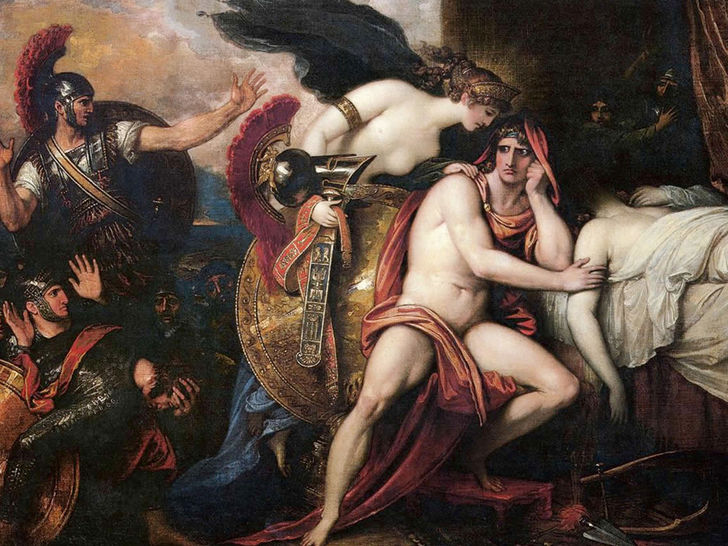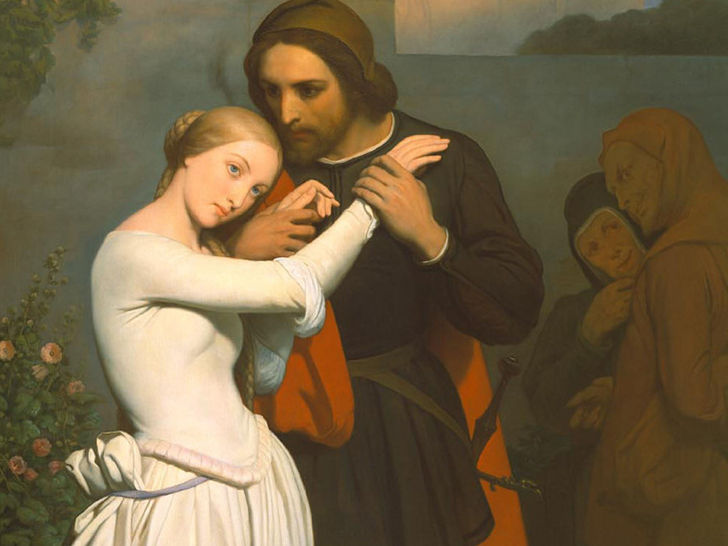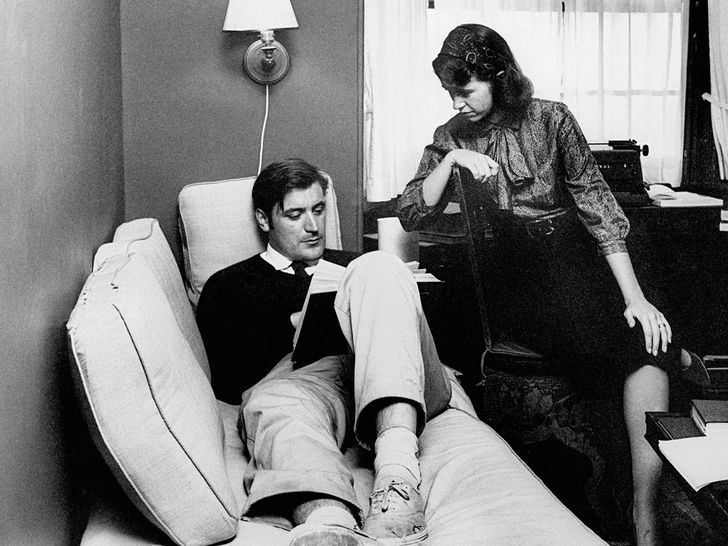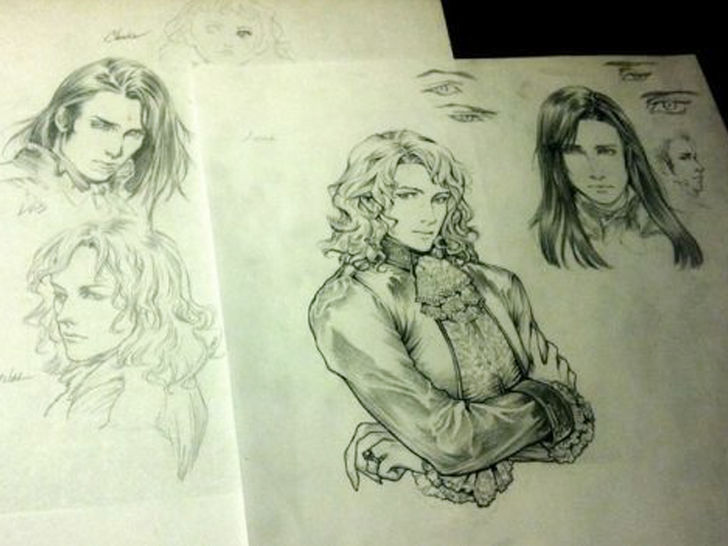7 Unanswered Questions From Literature

People who read Literature often go to lengths for getting hands-on articles about their favourite genres or authors. But when it comes to some specific pieces in the world of Literature, there are incidents as deep as the ocean itself.
Posted On March 25th, 2021

Who is Shakespeare’s “Fair Youth”?
The Fair Youth is the young man who, in the biggest series of the sonnets, has been spoken by the dedicated poet (1–126). The young man is stunning, self-focused, admired and very famous. The series starts with the poet who encourages the young man and the children of his father to marry (Sonnets 1-17). It goes on with his relationship with the romantic admiration of the artist, who is homoerotic at times. Then comes a series of betrays from the young man, whom the Dark Lady seduces and establishes an interconnection (sonnets 133, 134, 144) that the poet strives to live with. It ends with the deceit of the author, which leads to his freedom from the equal youth (sonnet 152). Speculation was made on the identity of the fair youth by academics. One common theory is that he was the 3rd Earl of Southampton, Henry Wriathesley, based partly upon the belief that the young man in his sonnets could fit his physical characteristics, age and character. He was a Shakespeare admirer and patron and was considered one of the leading nobles of the day. In the poem, a young man, Adonis, is urging Venus, the Goddess of love to beget the infant in the sonnets. In the poem, a child is persuaded to give birth to a child who is the subject of the sonnets. The difficulty with Southampton in fair equal youth is that the most probably dateable incidents described in the Sonnets are the decline in Essex and then the assassination of gunpowder plotters in 1606. Southampton was then age 33, and then 39 when his sonnets were written. Women played a part in Shakespeare's success. Writers, including Thomas Tyrwhitt and Oscar Wilde, suggested that Fair Youth should be William Hughes, a charming young actor. Wilde in particular believed it to be Mr W.H. as is stated in the dedication added to the Sonnets manuscript.

The Relationship Between Achilles and Patroclus
The Achilles-Patroclus relationship is a central aspect of the Trojan war stories. Its concrete essence has been divisive both in classical and contemporary ages. In the Iliad Homer describes a personal and substantial relationship between Achilles and Patroclus, in which Achilles is tender to Patroclus but cruel and arrogant to others. Homer never casts both directly as lovers. But in the archaic and classical periods, particularly in works by Aeschylus, Aeschines and Plato, they were represented as lovers.

Who was Goethe’s Lady Love?
Goethe loved Kaspar Maria von Sternberg amicably. The 74-year old Goethe fell in love with the young Ulrike von Levetzow, whom he wished to marry in 1823 after he had recovered from an almost fatal heart attack but he never suggested it because of her mother's opposition. His last meeting in Carlsbad on 5 September 1823 influenced him to become one of his finest creations, the famed Marienbad Elegy. He also had a strong romantic friendship with Polish pianist Maria Agata Szymanowska during that period. Goethe, now in his seventies, was very impressed with the boy. The following dialogue between Goethe and Zelter contributed perhaps to the earliest reported comparison with Mozart. On several occasions later Mendelssohn was asked to visit Goethe and bring Goethe's poetry into music. He wrote the overture Calm Sea, Prosperous Voyage (Op. 27, 1828) and Die Erste Walpurgisnacht, inspired by Goethe. Some of his works include the cantata. The 12-year-old Felix Mendelssohn was introduced in 1821 by Goethe's friend Carl Friedrich Zelter.

The True Story Behind Shirley Jackson’s Haunting
The Haunting of Hill House, a gothic horror novel in 1959. is an American author, Shirley Jackson, As one of the best litoral ghost stories written in the 20th century and as a finalist for the National Book Award, it was turned into 2 films and a play and is the base of a collection of Netflix. The novel by Jackson uses fear rather than horror to induce emotion in the reader by the use of nuanced associations between the house's unexplained incidents and the psyches of the characters.

Sylvia Plath’s Suicide and Hints in Her Books
It is shocking to remember only four words before she takes a lifetime that the legendary poet Sylvia Plath, who has written deeply and evocatively about death and suicide in her poetry. A conversation has been stirred since – was a death knell or call for support from Sylvia Plath's suicide note? The message to Sylvia Plath only says, "Call Dr Horder," along with the phone number of this physician. Can even a slip of paper be called a suicide note with these four words? For whom was it supposed to look? It was not the first time that she attempted to take her own life when Sylvia Plath committed suicide in February 1963. She overdosed on pills in her mother's house basement, ten years ago. And she drove her car into a canal in the summer before she died. Your suicide left unanswered several questions.

What Is The Exact Relationship Between Lord Lestat and Louis?
While Louis and Lestat frequently contradict each other, they form an uneasy truce with Lestat as a sort of soulmate, even though he refuses to "teachings' ' his life as a vampire and killing. In the books after an interview with the Vampire Lestat references his lover to Louis. There are sexual attractions latent in his relationship.

Why Were Jane Austen’s Letter Destroyed?
The Austen family had a sort of love-hating bond to the talent of Jane and her literary work. They loved her and were proud of her and encouraged her to make her imaginative gifts, but they were both hyper-aware that by publishing her books she was going beyond the limits of the decorum of an English gentleman. None of her books has been written in the history of her life with her name attached. After she was killed in 1817 at Winchester Cathedral, she did not even mention her occupation as a writer as an insignia of her family at her grave. Her letters show her true character even more than her novels. They are more intimate and unguarded since they are not meant to be written or broadly circulated. We see her, her propensity to criticize, her keen eye for the dumb and absurd, even in her surviving letters and scraps. This can also be found in the writings that she has written from 11 and 18 years old, such as her childhood, satires, parodies, skits and other tidbits.

